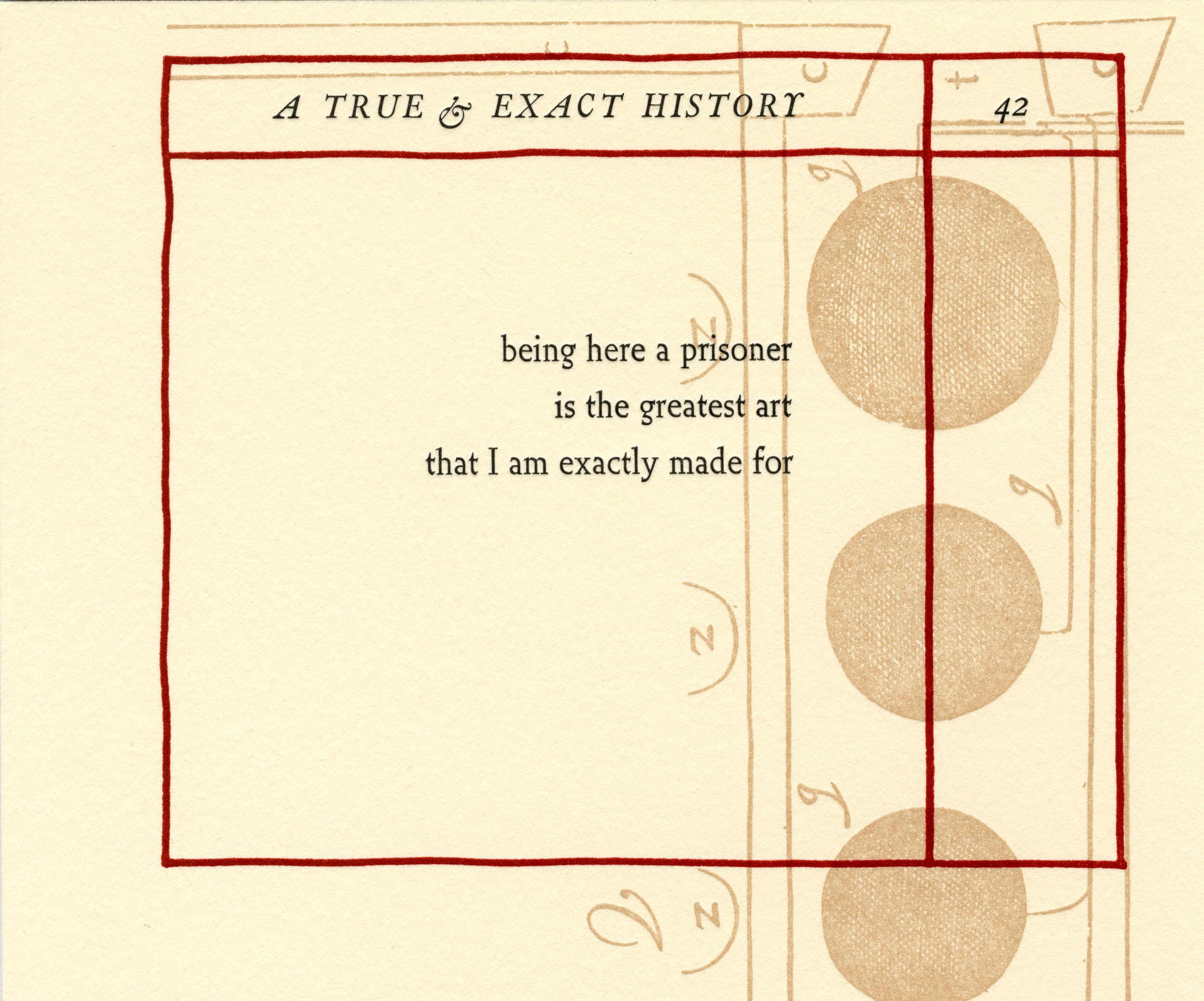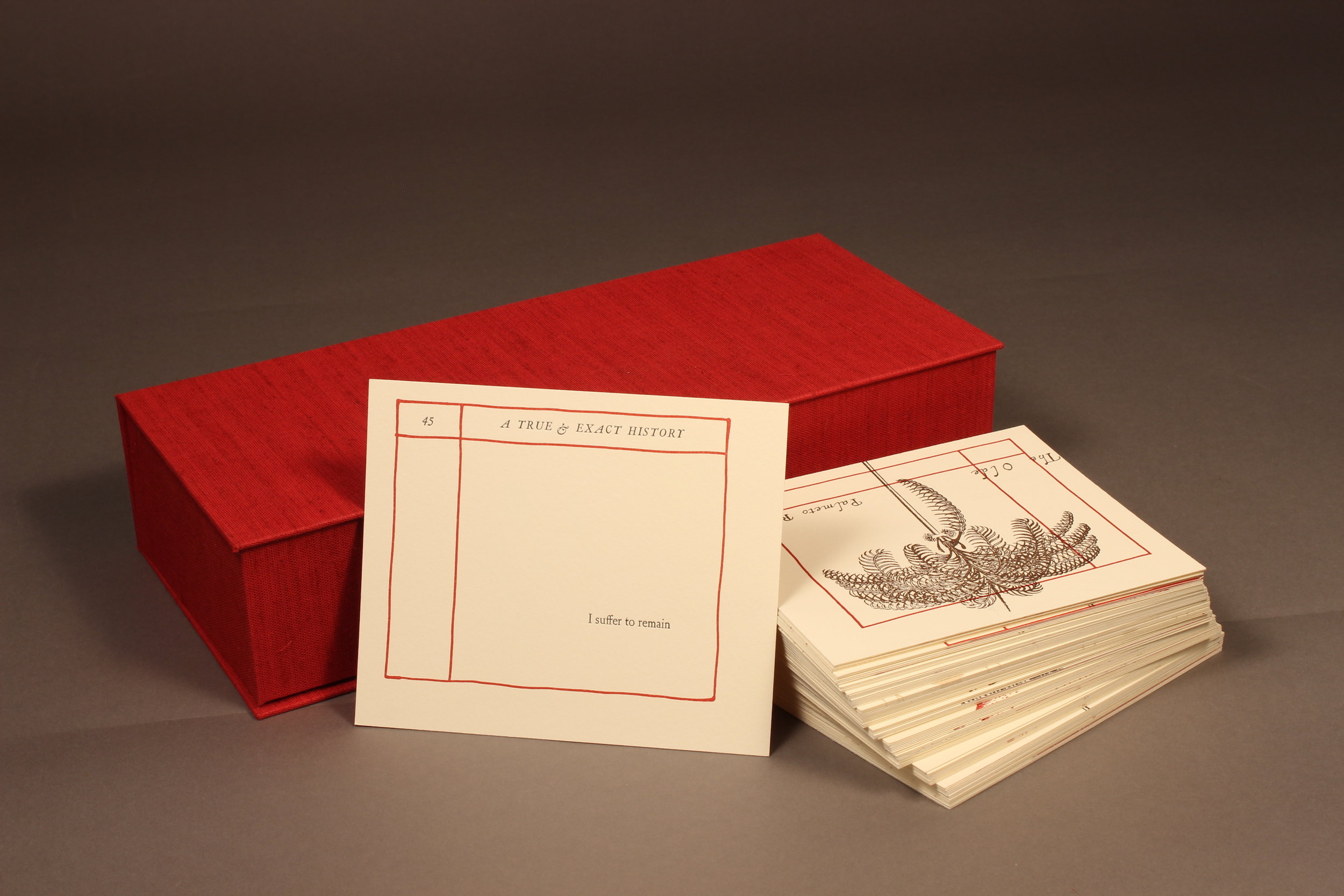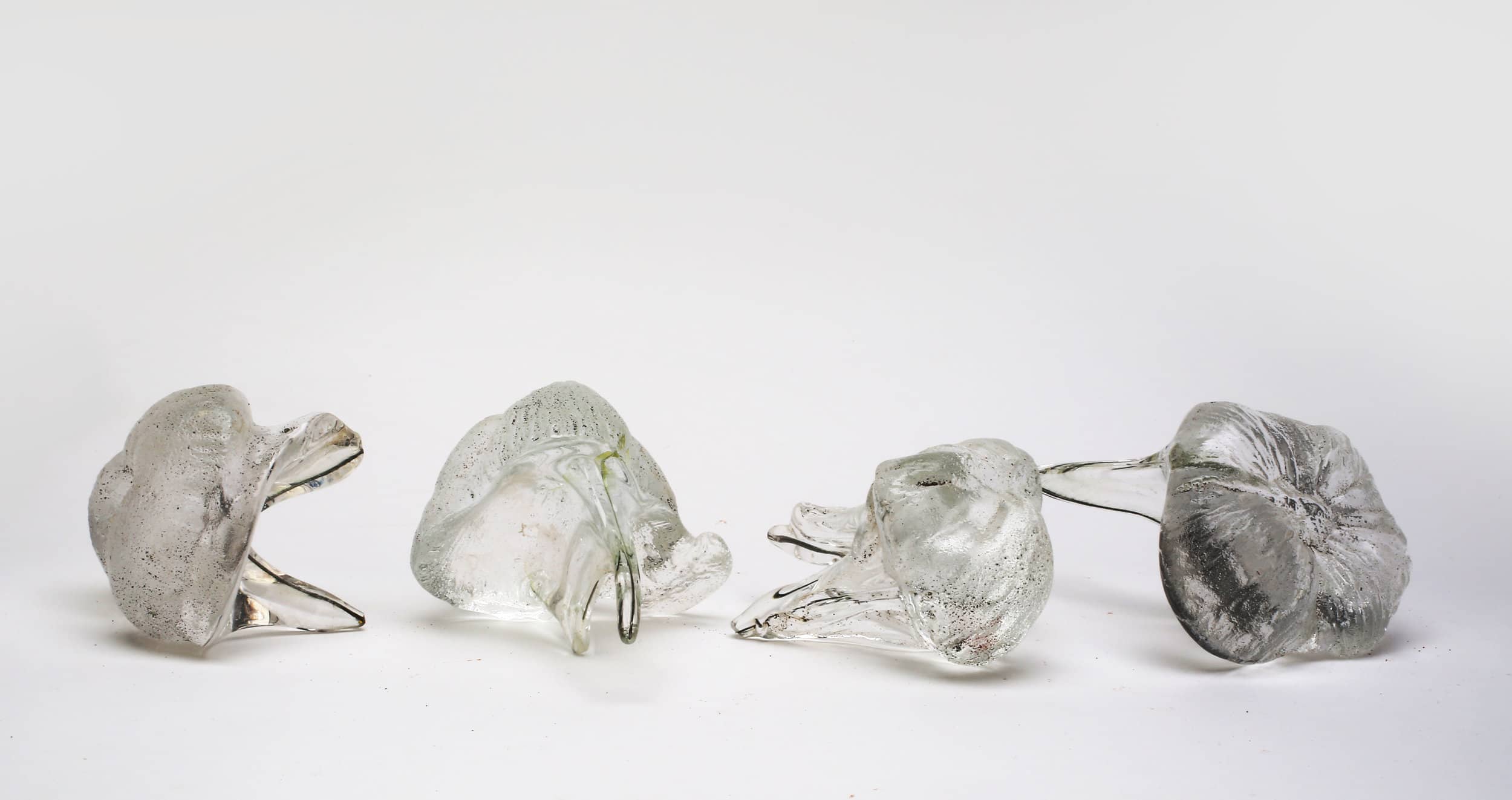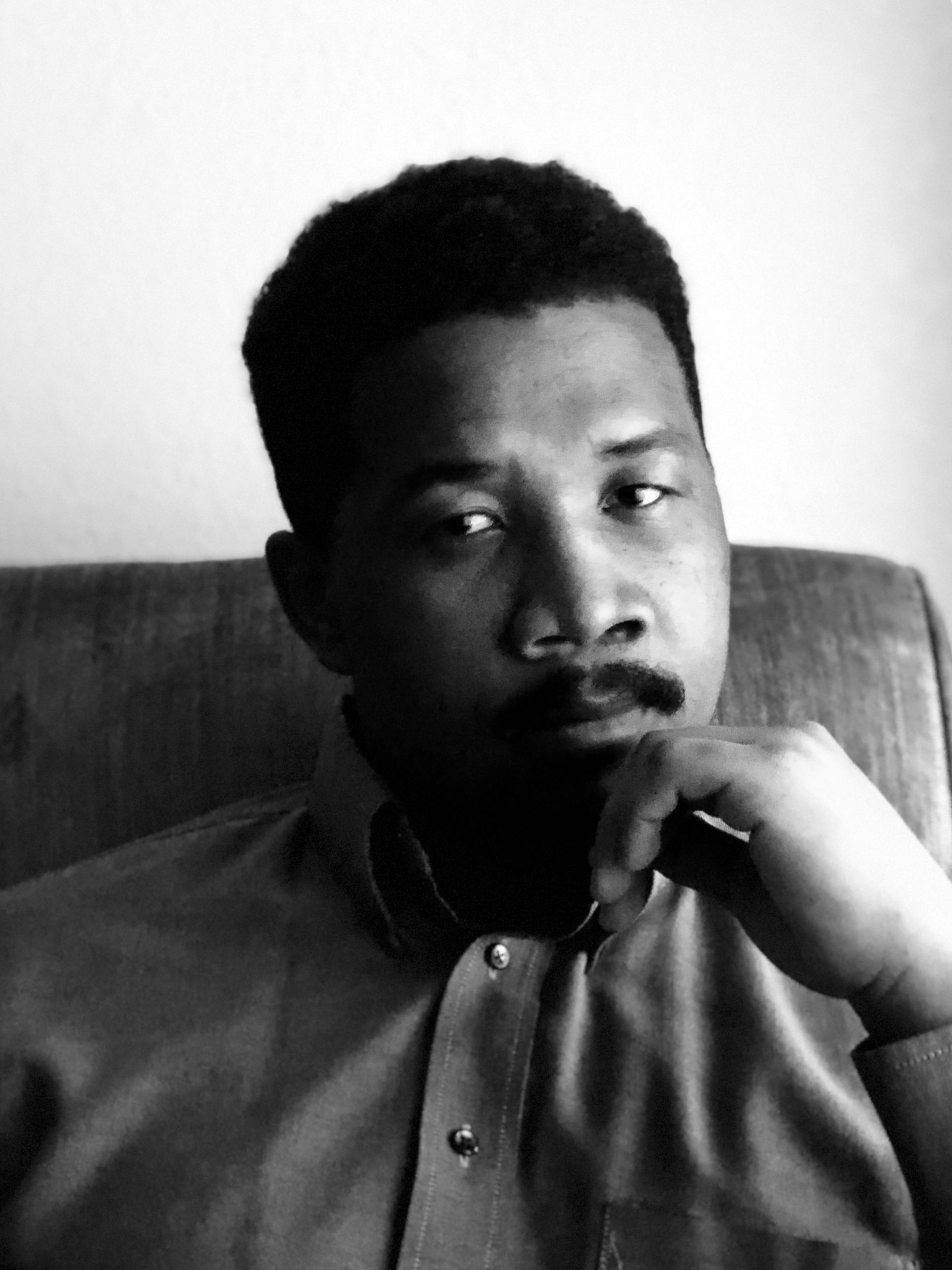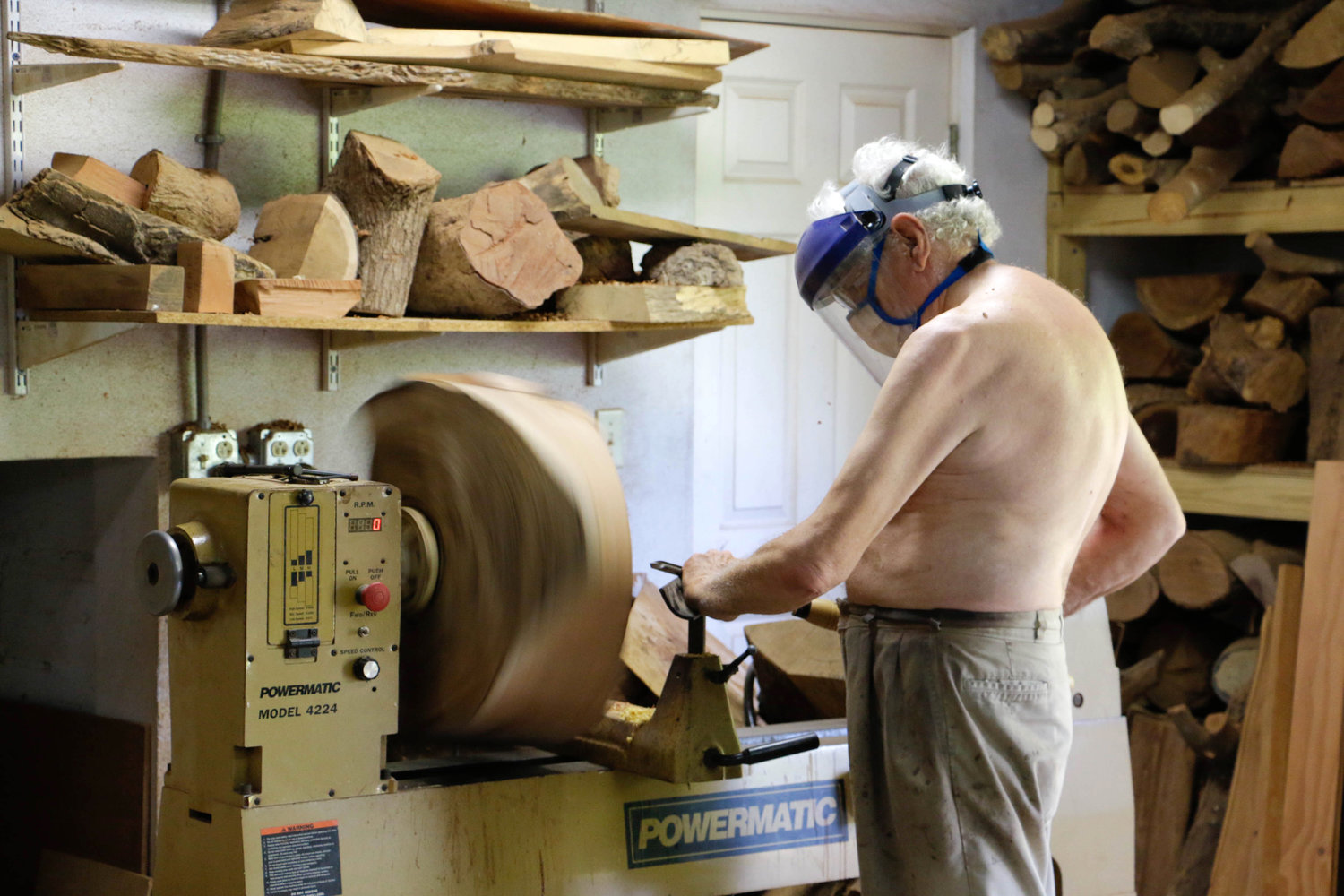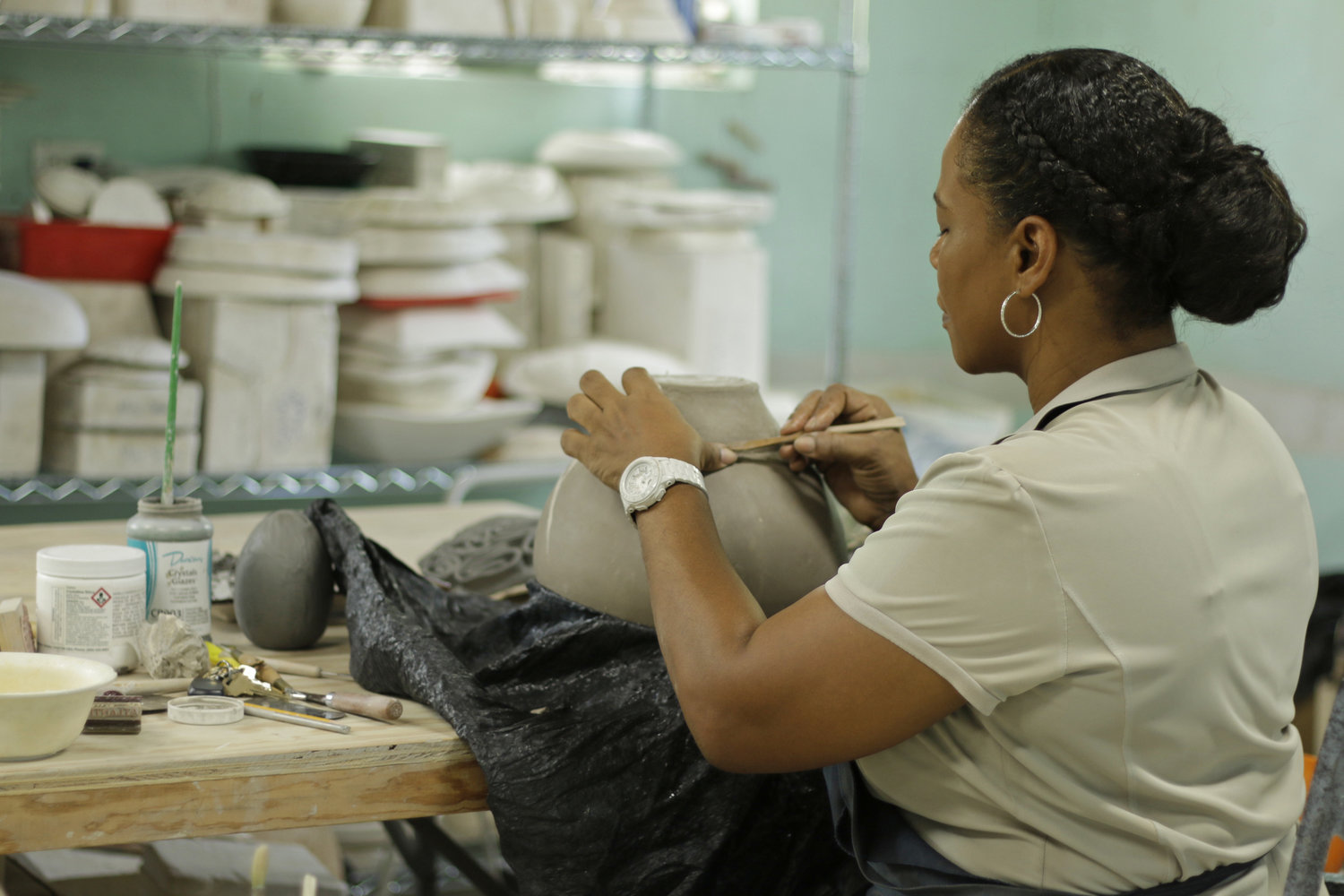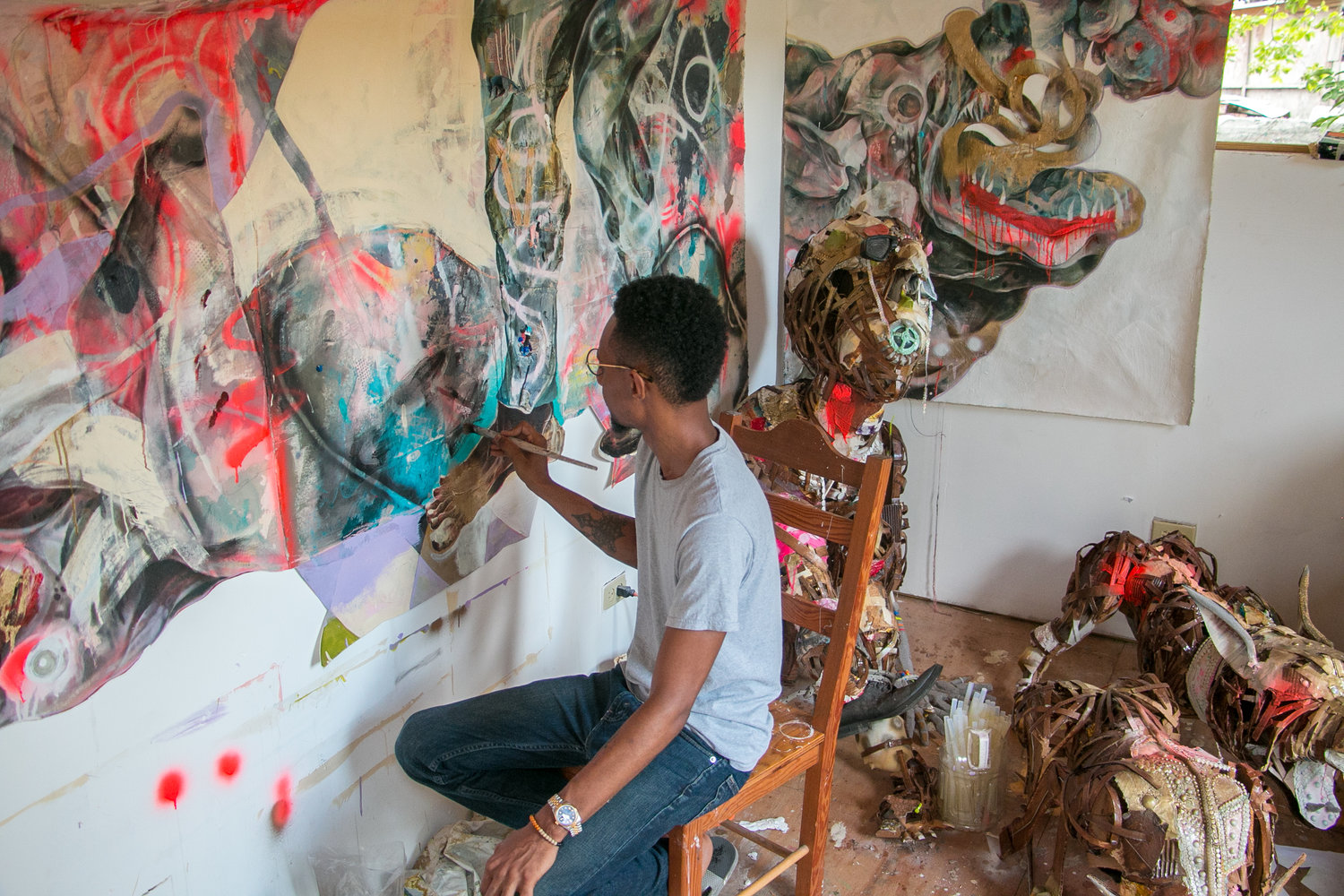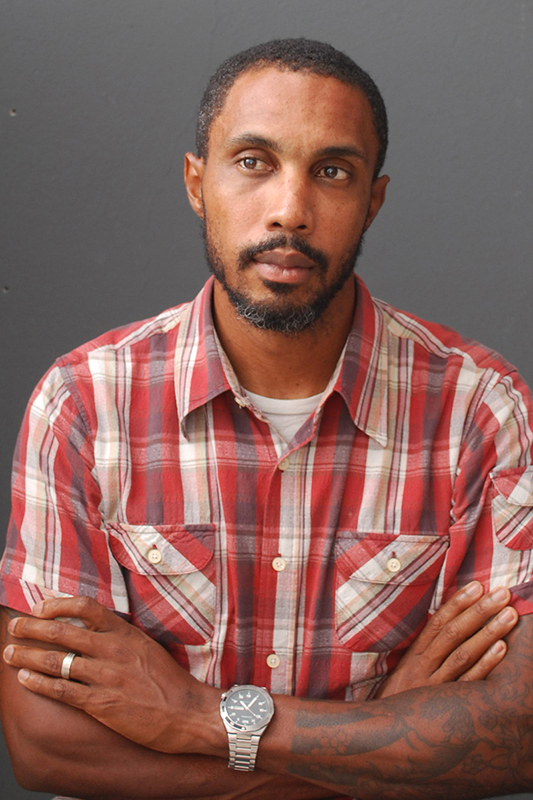By Natalie Willis. In this week’s interview we hear from Sonia Farmer on her contribution to “We Suffer To Remain”, an exhibition opening later this month that moves around ideas of slavery, time and memory, and how we begin to unpack and deal with these legacies. Farmer is a writer, visual artist, and small press publisher who uses letterpress printing, bookbinding, hand-papermaking, and digital projects to build narratives about the Caribbean space. She is the founder of Poinciana Paper Press, a small and independent press in Nassau which produces handmade and limited edition chapbooks of Caribbean literature and promotes the crafts of book arts through workshops and creative collaborations. The title for the exhibition comes from Farmer’s book produced for this show, “A True & Exact History”, which will be displayed alongside fellow Bahamian artists John Beadle and Anina Major works, as well as the work of Scottish artist Graham Fagen with his project from the 2015 Venice Biennale, “The Slave’s Lament”. Farmer moves us through not just the language written within the book itself, but around the art of bookmaking itself and how she crafts language to unpack the question of who we–as a country and as part of the Caribbean region–allowing to voice our histories.
